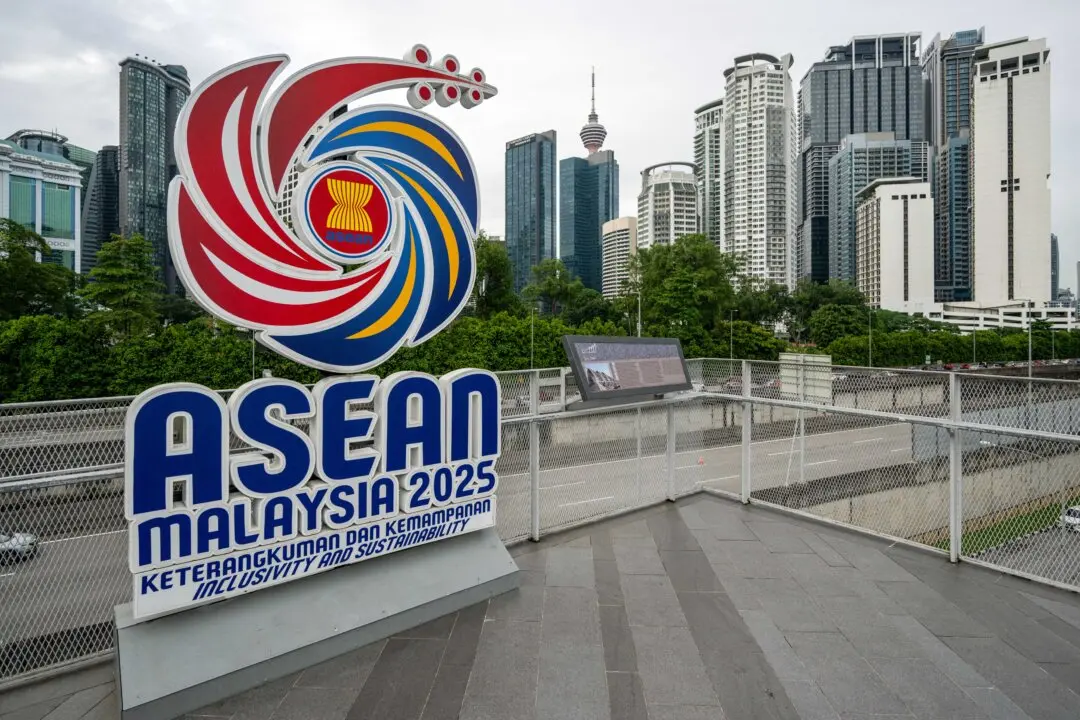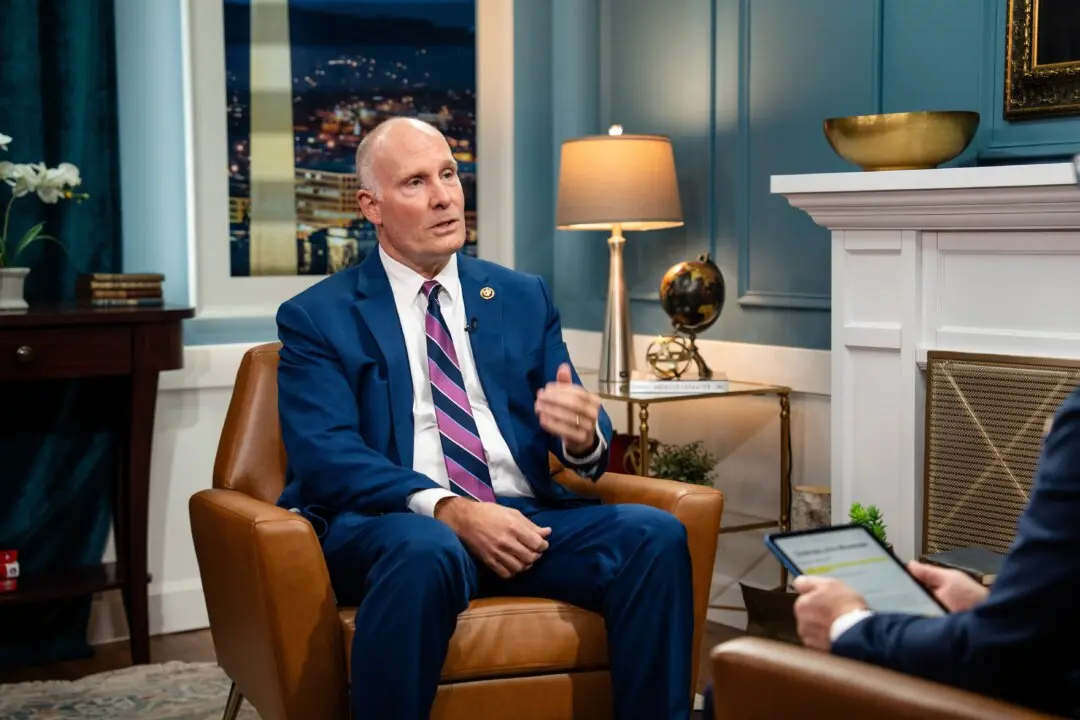The Chinese regime has been investing billions to woo its Asian neighbors, but the results so far have not been as favorable for Beijing as desired, according to a Dec. 10 think tank study.
In the period of six years, the Chinese regime doubled its foreign ministry budget from 30 billion yuan ($4.26 billion) to 60 billion yuan ($8.52 billion) in a bid to bolster its global image.





